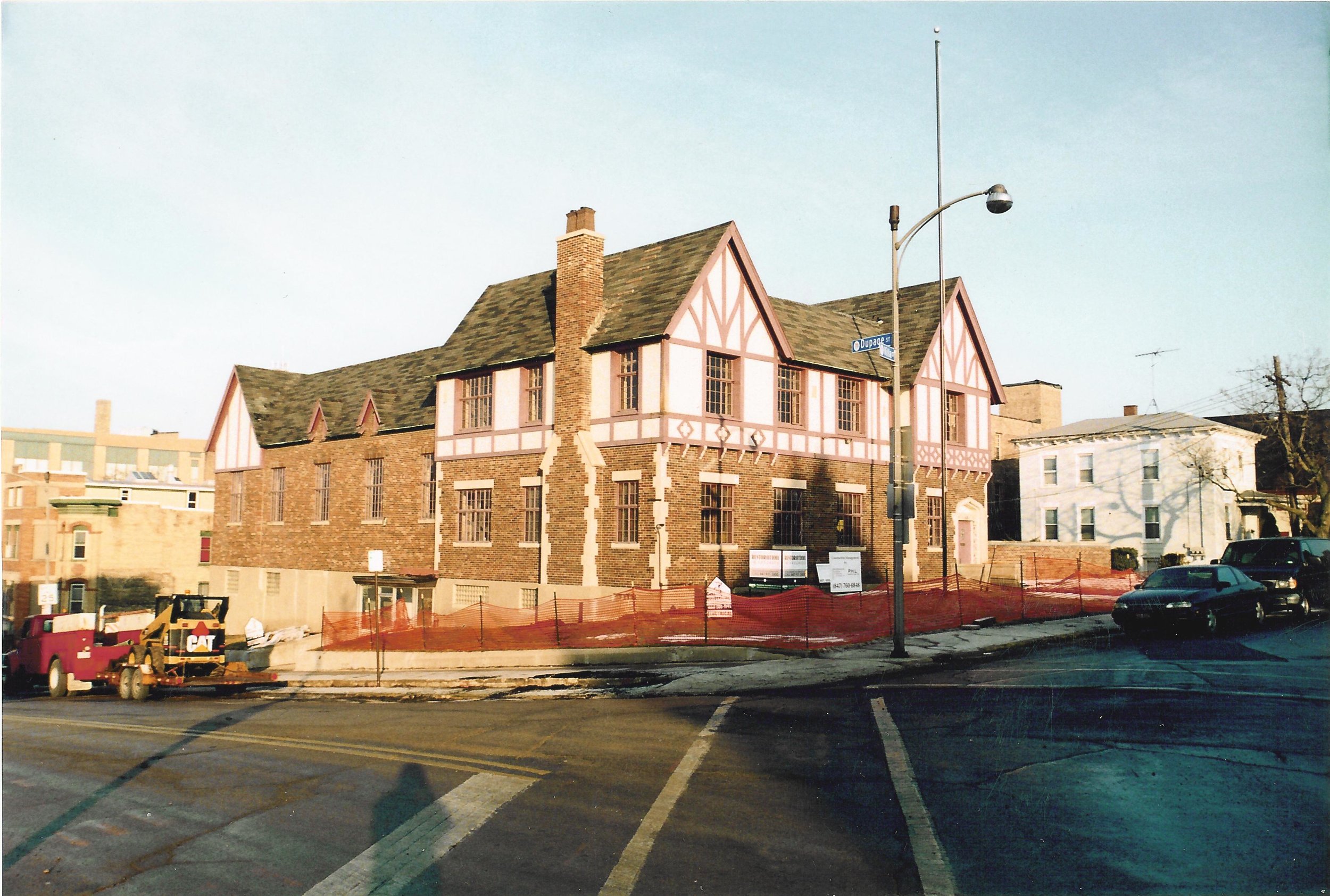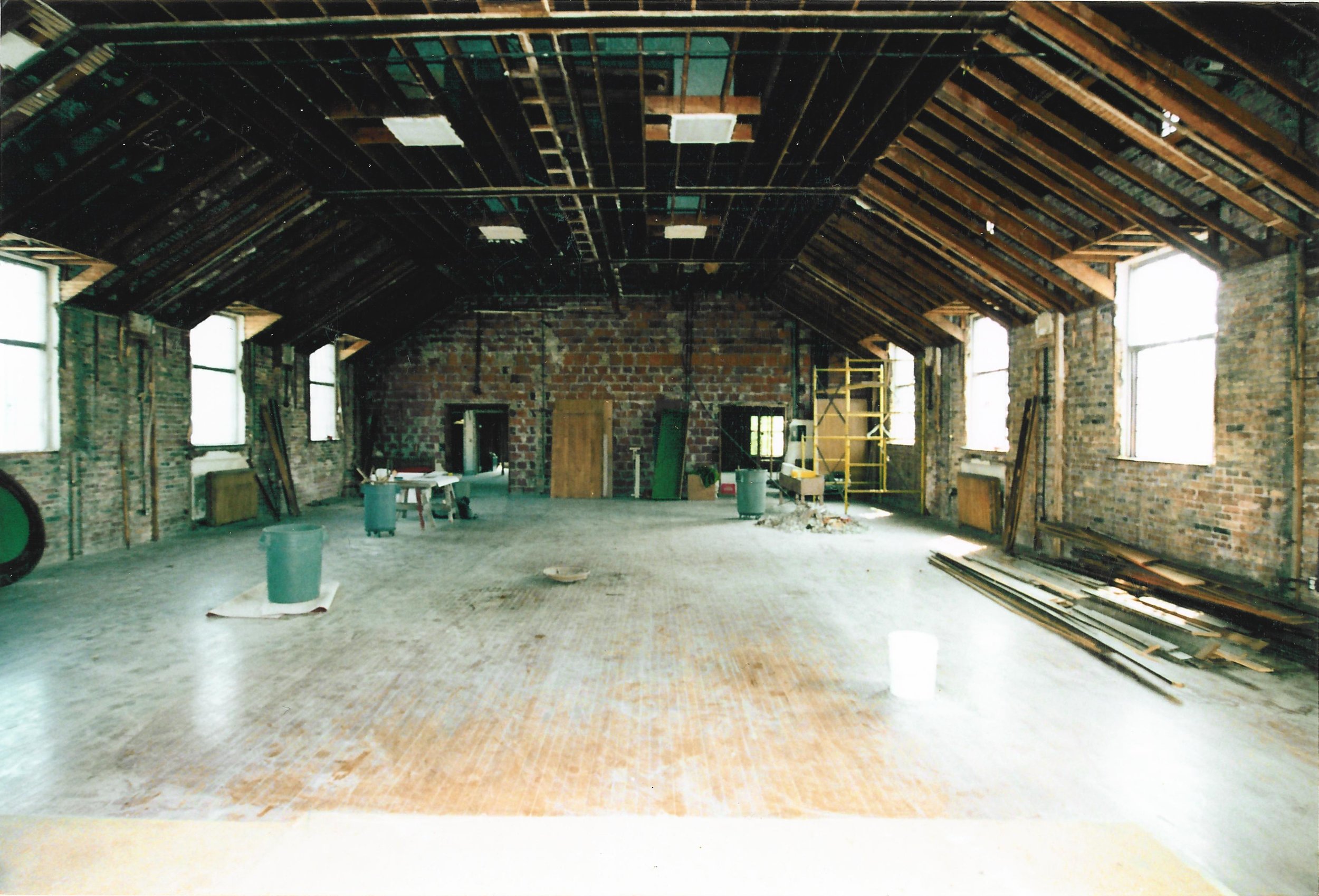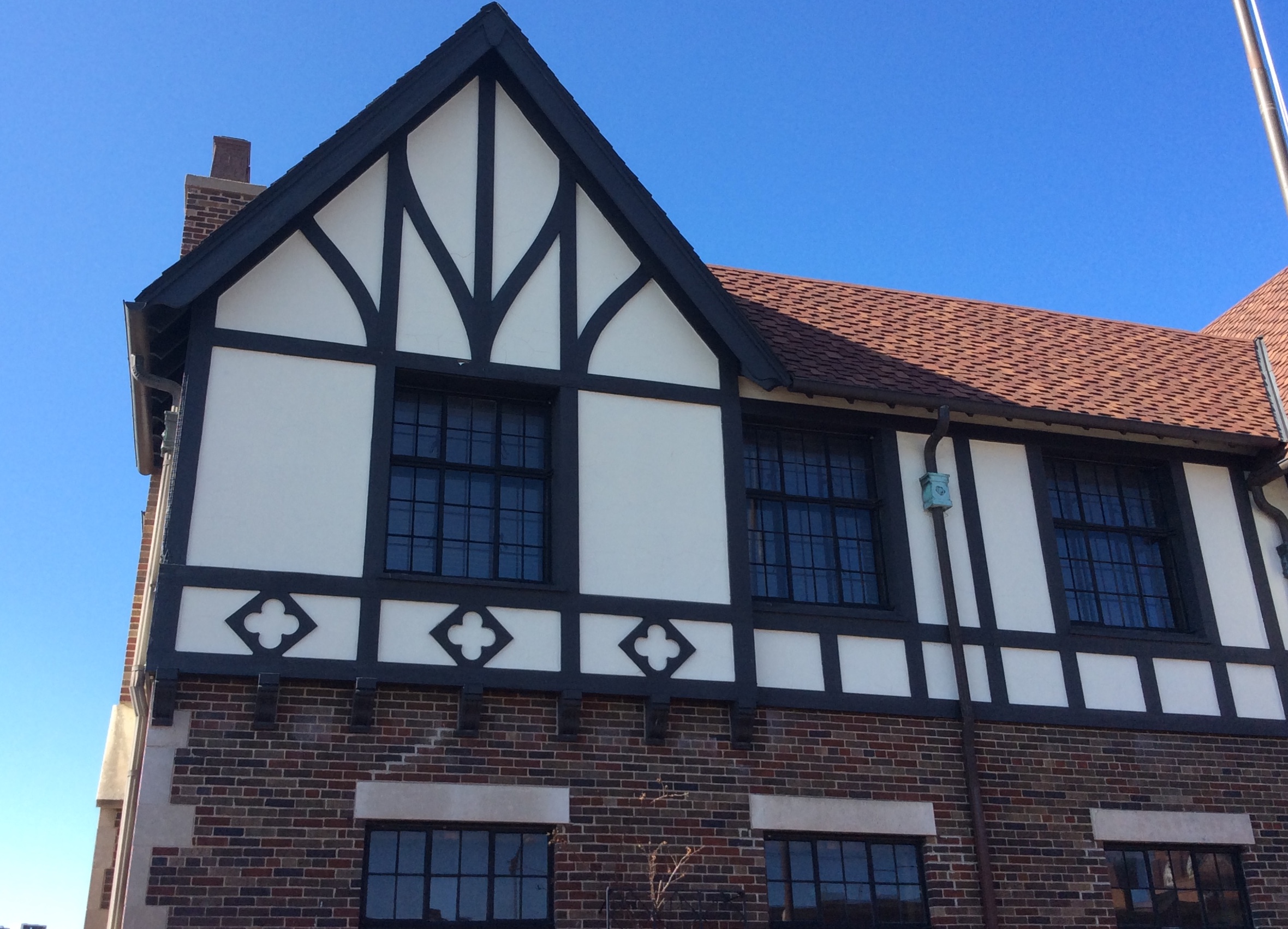18 VILLA STREET
HISTORIC SIGNIFICANCE
The Elks have been a part of Elgin’s history since 1902. The building at 18 Villa Street began as their official lodge in 1927 and remained their lodge for well over 70 years. A 1928 paper published by the Elks organization from 1928 discussed the new $100,000 lodge erected for their fraternal order and noted that since 1901, 1,318 Elks has been listed as members. For context, Elgin’s overall population in the first decade of the 20th century was roughly 23,000 people.
At the turn of the century, the Elks were involved with many Elgin area activities, including downtown carnivals that could be up to a week long. E. C. Alft notes in “Elgin: Days Gone By” that for one street fair the Elks sponsored in the early days of the 1900s, they provided 2,000 incandescent lights and 4,000 yards of decorative bunting. At the time, these events were extremely popular, fun occasions, sometimes looked down upon by local clergy for their rather over-festive participants.
In 1903, local publishers Lowrie & Black Publishing released a book titled, “Elgin Today 1904: Historical, Descriptive, Biographical,” which writes largely about the biographies of some of the city’s first inhabitants, many of which are noted Elks Club members.
This chapter of the Elks, Lodge #737 no longer resides at 18 Villa Street, but its history is forever intertwined with this building.
ARCHITECTURAL SIGNIFICANCE
Designed by George Morris, construction on 18 Villa Street began in March of 1927. Of the Tudor Revival style, it represents the deep roots fraternal organizations had in Elgin at the turn of the 20th century.
Tudor Revivals hit peak popularity between 1890 and 1940. Significant, character-defining features seen here include the multiple steeply pitched roof gables, the segmented arch opening on the front door, half timbering on the second story, a prominent chimney and steeply pitched, gabled dormers.
In 1954, there was a major alteration and an addition was added to the original structure. In 2004, the interior was rehabbed to accommodate offices.
Sources: 1992 Heritage Plaque Application; Audio: TextAloud









